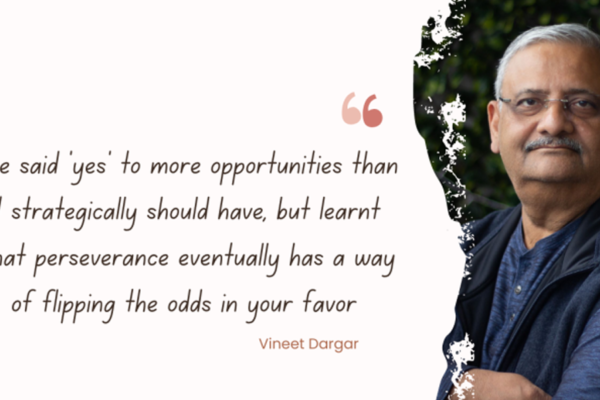Handmade products are inherently imperfect and less common than mass-produced items. This is because they take longer to make and don’t have the same economies of scale that large manufacturing facilities enjoy. Today I’m going to explain exactly why handcrafted items take so long, and why it’s worth it for both you as a brand and for your customers.
1. Sampling takes a long time.
Sampling is a process that takes time. When you’re just starting out, it may seem like there’s no conceivable way to speed up the process, but there are ways to optimize your work flow and reduce sampling time.
The first step is to plan ahead. You need to consider what type of product you’re designing (knitwear? leather goods?) and how many different sizes or styles it might need before kicking off a new batch of samples. This will make sure that you don’t get too far into production before realizing that the pattern needs revision or materials aren’t working as well as planned.
Next, try testing out different materials in small batches so that if one doesn’t work out as expected, it won’t take too much time or money for another option to be tested out instead. For example: if I’m trying two different types of leathers for my upcoming bag line, rather than making one big bag using both types at once and ending up with something mediocre because neither worked perfectly…it would be better if I made four small bags using only one type each time (which would take much less total time). This allows me more control over what works best without having wasted any materials! So when planning ahead on what kind of fabric options might work best for your particular project(s), consider how many iterations will be necessary before finally settling on “The One.”
2.Fit and finish are critical in the sampling process.
Fit and finish are critical in the sampling process. Fit and finish is the final touch that makes tableware look beautiful, but it can be time-consuming and expensive to achieve at scale.
Fit and finish can be the difference between an item looking like it was made by a machine vs. an artisan. That last bit of polishing takes into account things like whether your dinnerware will hold its shine after washing, or if your porcelain has a smooth surface that feels like glass when you hold it to your lips!
3. Design requires iteration.
As a designer, I can tell you that designing a product is an iterative process. The first time we design something, it’s going to be wrong. We need to make changes, have those changed approved by the client and then make them again until they’re right. This cycle of iteration and feedback happens multiple times before we settle on a final design solution. Designing handcrafted products is no different! Even when the final product has been designed, there are still many rounds of feedback between the designer and maker before samples are made (and even more after samples are made).
When creating handmade goods, designers will go through multiple rounds of feedback before receiving their first sample from the artisan who will be making their products:
- They’ll create sketches or 3D models using software like Adobe Illustrator (AI) or Autodesk Fusion 360 (F360), which allows them to see how their ideas would look in real life; this lets both parties visualize what they’re trying to accomplish together beyond just words on paper. Using these tools also makes it easier for others not involved in designing but who might want access–like your customer!–to understand what’s happening behind-the-scenes as well as get excited about it too!
4. Materials can make or break a design.
Materials can make or break a design. If you’re working with a product that requires special materials, it will take longer to design and sample. This can be the case for handbags, shoes, belts and even hats if your design requires leather (which is more expensive).
If you want to try something different than wool or linen fabrics for your clothing line—such as cashmere—you may have to take extra time to find suppliers who sell this material at reasonable prices. It might also be more difficult for them to create the exact colors you want and ensure that they are consistent across all items produced in your factory.
5. We want to make sure every sample iteration is not impacting an artisan’s right to a fair wage.
Fair wages are important. The difference between a fair and a living wage is not just how much artisan’s are paid, but also how they are treated and how their time is respected. Sampling can place a burden on their time and potentially disrupt their output which is directly tied to expectations of fair wages.
We care about paying people fairly because we know it matters in more ways than one. Ensuring that everyone involved in the process—from materials sourcing to manufacturing to packaging. It is for this reason that we eliminate all sampling financial burden from our in-house artisans as well as third party operators because innovation needs mental space to flourish.
This is why handmade items cost more than mass-produced items, and why handmade items are usually worth it.
Handmade items are worth the cost because they are made with care. Handmade items are worth the cost because they’re unique. Handmade items are worth the cost because you can customize them to enhance the story behind them.
If you’re looking for handmade items, I hope this post helps you understand why they cost what they do. Handmade products take a long time to make, and they require an intense level of care and detail that isn’t always easy or low-cost to provide. Come see how we undertake the extensive sampling pathway with ease!








